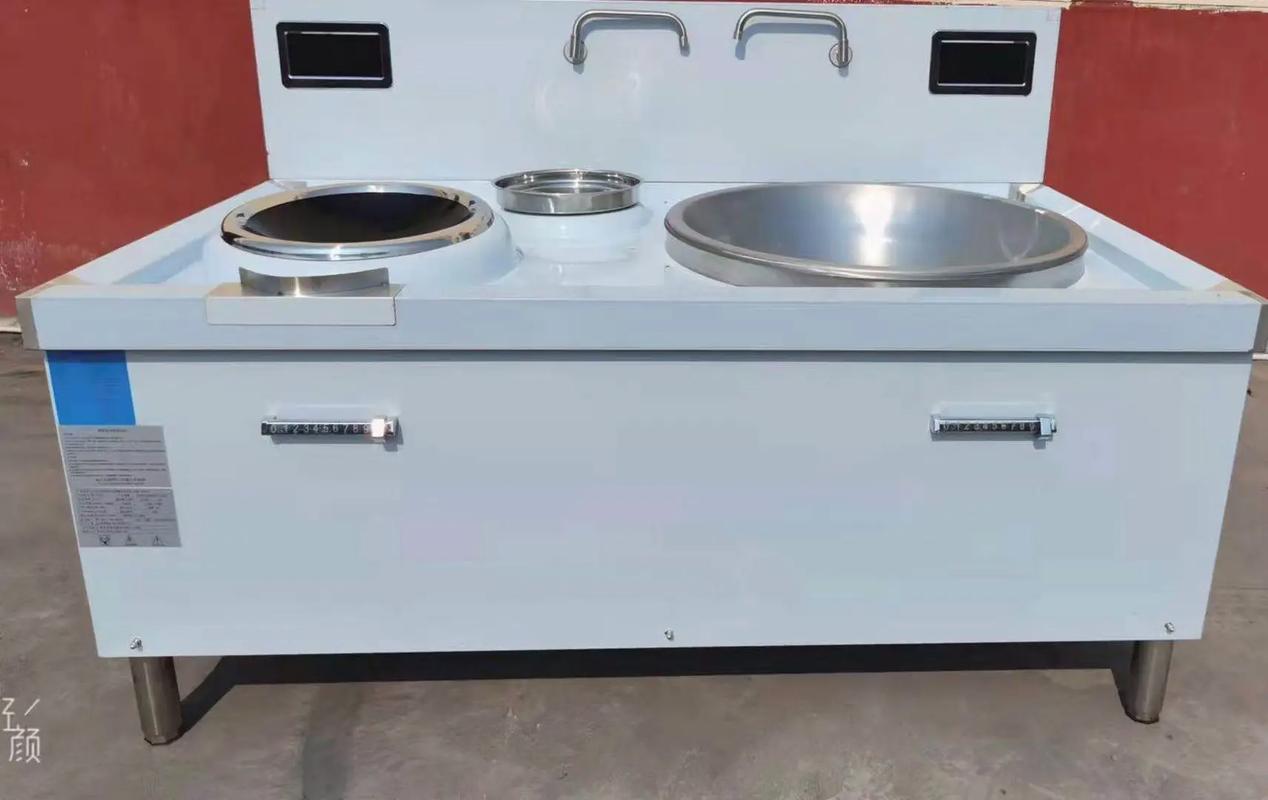I’ve been working in the commercial kitchen equipment industry for over 12 years, often handling not just sales but also after-sales support and technical training. Over time, I’ve come to realize that many restaurant owners and even maintenance technicians wonder about the interchangeability of induction cooker cores (or control boards).
It’s a good question — and not as straightforward as it might seem. In this article, I’ll share practical insights based on countless real-world cases, and hopefully help you make smarter decisions that avoid unnecessary headaches.

What Exactly Is the “Core” of a Commercial Induction Cooker?
Before we dig into whether they can be swapped around, let’s be clear on what we mean by the “core.”
In most professional induction cookers, the “core” typically refers to the driver board (power board) and control board, sometimes integrated, sometimes separate. This set of electronic boards is responsible for:
Generating the high-frequency alternating current to drive the induction coil.
Controlling power levels, timers, temperature probes, and safety shutoffs.
Communicating with sensors (like overheat or pot detection sensors).
So when people ask, “Can I use another brand’s core?” they’re basically asking if they can replace these boards from, say, Manufacturer A, with those from Manufacturer B, in the same physical cooker.
Why Do People Want to Swap Cores?
In my experience, there are a few big reasons:
Cost savings: Original replacement boards from the same brand may be more expensive.
Faster repairs: Sometimes your local supplier doesn’t have the original part in stock, and you don’t want your kitchen idle for days.
Belief in ‘universal’ electronics: Many think, “Aren’t these all more or less the same inside?”
These are understandable concerns, especially when a restaurant is losing money by the hour while waiting for repairs.
Are Induction Cooker Cores Generally Compatible Across Brands?
Here’s the tough truth: most of the time, they are not directly compatible without significant modifications.
Why?
Because manufacturers design their systems with slightly different:
Voltage and current requirements
Control logic (some use analog signals, some use digital protocols)
Safety protections
Physical connectors and layout
Even if two brands both claim “8KW induction cooker,” the internal communication between the driver board, sensor lines, and the user interface might be completely different.

Key Factors That Affect Compatibility
From countless repairs and retrofits I’ve overseen, these are the major variables:
| Parameter | Why It Matters | Typical Variation |
|---|---|---|
| Power specs | Different boards designed for 5KW, 8KW, etc. Using a wrong rating may cause overheating or underperformance. | 3KW – 20KW+ |
| Signal protocols | How control knobs/buttons communicate. Some are simple voltage-based, others use microcontroller UART/I2C. | Proprietary per brand |
| Sensor interfaces | Temp sensors (PT100 vs thermistors), pot detection circuits differ. | Often incompatible |
| Physical form factor | Hole positions, mounting sizes, wire harness lengths. | Must be manually adapted |
Here’s a simplified snapshot comparing two popular commercial induction cooker cores I’ve handled recently:
| Feature | Brand X Core | Brand Y Core |
|---|---|---|
| Power | 8KW, 220V | 8KW, 220V |
| Temp sensor type | PT100 | NTC thermistor |
| Control input | 0-5V analog | UART digital signal |
| Mounting holes | 180 x 240mm pattern | 160 x 220mm pattern |
So Is It Ever Possible to Swap Cores?
Yes, but with caveats.
If you are an experienced technician who understands how to match or adapt sensors, reconfigure the control wiring, and possibly drill new mounting holes, you can often retrofit a different brand’s core.
In some markets (especially SE Asia), there are “universal driver kits” sold for this exact purpose. These typically come with instructions on how to adapt them.
However, for most restaurant owners or general electricians, it’s risky. You could end up with:
Unstable power delivery (leading to inconsistent heating).
Safety protection failures (risk of overheat or even fire).
Losing the warranty on your cooker completely.

Practical Recommendations
If you’re facing a failed core and can’t source the original quickly, here’s my advice after years in this business:
Try to get the same brand’s replacement first.
Even if it costs a bit more or takes a few days, it ensures everything matches.
If using another brand’s core, involve a skilled technician.
Ideally someone familiar with multiple brands who can test compatibility on the bench before installing.
Document everything.
Keep photos of original wiring, sensor types, connector pinouts. It’s incredibly helpful for troubleshooting.
Maintain spare units.
For busy kitchens, sometimes buying a full extra induction unit as backup is cheaper than risking long downtime.
Wrapping Up
At the end of the day, commercial induction cookers are precision equipment. While it might be tempting to swap in a different manufacturer’s core to save time or money, most of the time it’s not truly “plug-and-play.”
That said, with the right expertise, it can sometimes be done — but go in with eyes open to the potential risks.
I’ve seen it done beautifully, saving a restaurant thousands. I’ve also seen it end in melted wires and insurance claims. Choose wisely!
Related Q&A
Q: Will replacing the core with a different brand void my warranty?
A: Almost certainly, yes. Manufacturers typically specify that only their parts are covered. If in doubt, call them.
Q: Can I mix control panels from one brand with a power board from another?
A: Rarely — the signaling protocols usually differ. It might work by sheer luck if they both use simple voltage controls, but it’s not safe to assume.
Q: Are there truly “universal” cores?
A: In some markets, yes. But even these require matching sensors and careful wiring. They’re more like “multi-fit” than truly universal.
Q: Should I keep a spare board on hand?
A: If your kitchen relies heavily on a few induction cookers, absolutely. Many big hotels keep spare driver boards on a shelf, ready to swap.





